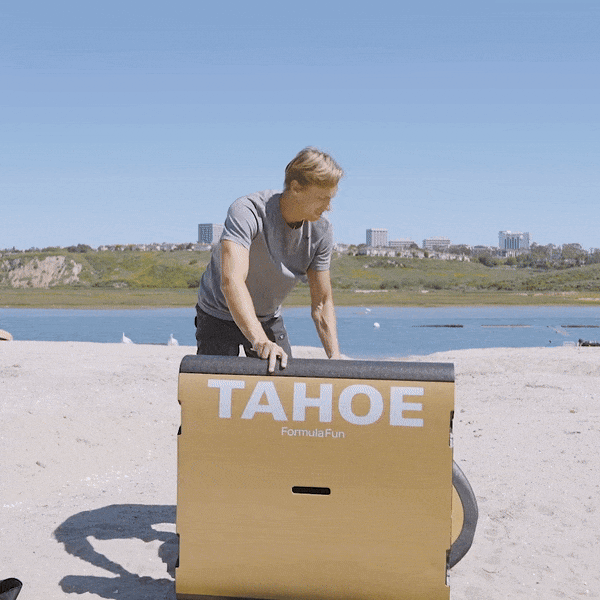If you’ve spent any time surfing, you’ve probably wondered why you’re not progressing as quickly as you’d like. Maybe you’ve watched others glide smoothly across the waves while you struggle to find your balance. The truth is, surfing isn’t just about being fit or having a good board (though both are important). It’s about mastering the fundamentals, embracing your limitations, and focusing on the small tweaks that can make a huge difference.
Here are some of the most common reasons you’re not surfing as well as you could—and how to fix them.
1. You’re Underestimating the Importance of Wave Selection
Wave choice is critical, yet it’s often one of the most overlooked skills in surfing. Beginners tend to paddle for every wave they see, while more experienced surfers know how to pick the right ones. Good waves aren’t just about size—they’re about shape, speed, and location. Picking waves that match your current skill level will not only make your sessions more productive, but also more enjoyable.
If you’re having trouble identifying good waves, take a step back and observe how the waves are breaking. Find a pattern and focus on positioning yourself where you can make the most of each set.
2. You’re Skipping the Fundamentals
It’s tempting to jump straight into advanced maneuvers, but mastering the basics is the foundation of better surfing. Too often, surfers skip crucial steps in learning proper pop-up techniques, paddling mechanics, and positioning on the board. Without a solid foundation, everything else becomes exponentially more difficult.
Focus on refining your basics. Watch videos, take lessons, or practice in smaller waves. It might feel slow, but trust us—these fundamentals will set you up for long-term success.
3. Your Fitness Isn’t Surf-Specific
Surfing is a full-body workout, but it requires a unique set of muscles and movements. If you’re not physically prepared, it can hold you back. Surf-specific fitness focuses on core strength, flexibility, and stamina—three components that are essential to paddling out, popping up, and maintaining balance on the board.
Incorporating exercises like swimming, yoga, and balance training can significantly enhance your ability in the water. The more prepared your body is for the demands of surfing, the better you’ll perform.
4. You’re Not Having Fun
Surfing should be about fun first. If you’re too focused on perfecting every ride, you might miss out on the joy that first brought you into the water. Relax, take the pressure off, and remind yourself that every wave is a learning opportunity.
Riding foam boards like Formula Fun’s 8’0” Almond Joy offers a stress-free way to enjoy the waves. These boards are designed to make surfing more accessible, forgiving, and—most importantly—fun. When you’re riding with less stress, your natural ability has room to shine.
5. You’re Not Choosing the Right Board for Your Skill Level
We get it—there’s a lot of temptation to ride the same sleek shortboards the pros are using. But here’s the thing: surfing is a progression, and your board choice plays a huge role in your ability to improve. If you’re still learning or looking to fine-tune your skills, it’s better to opt for a board that offers stability and ease of paddling. Boards like the 7’10” Doho Funboard or 8'0"Almond Joy are designed to help you catch more waves with less effort.
These boards provide more float, are easier to maneuver, and help you gain confidence in the water. As you progress, transitioning to more performance-oriented shapes becomes a natural step.
Surfing is a journey, not a race. Whether you’re riding a 7’10” Doho Funboard or challenging yourself with a shortboard, it’s important to embrace where you are in your surfing progression. Focus on choosing the right board, picking better waves, refining your fundamentals, and staying physically prepared. And above all, don’t forget to have fun. After all, the joy of surfing comes from being in the water, not from chasing perfection.
Catch you in the lineup!




